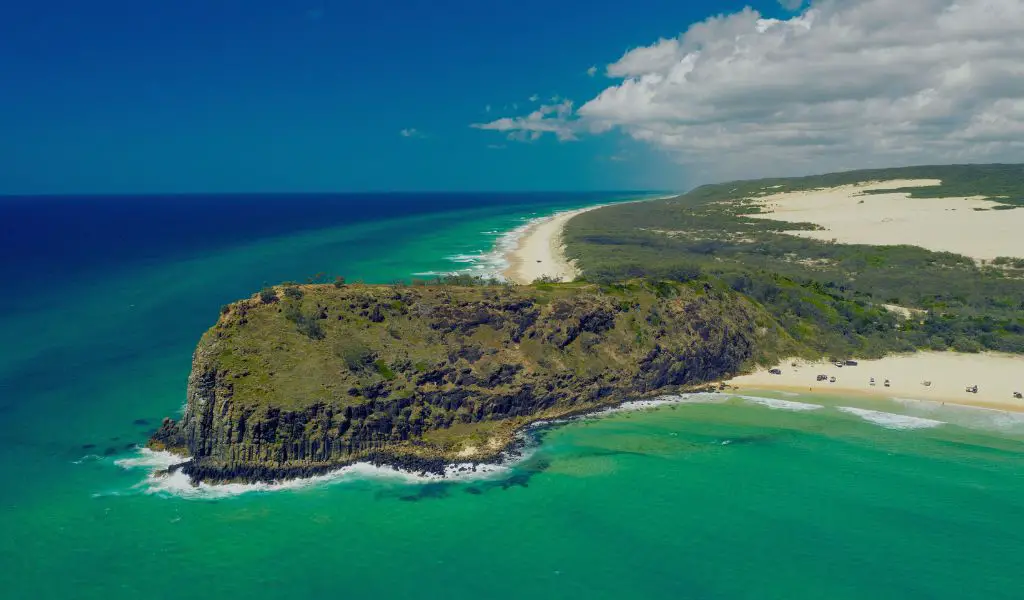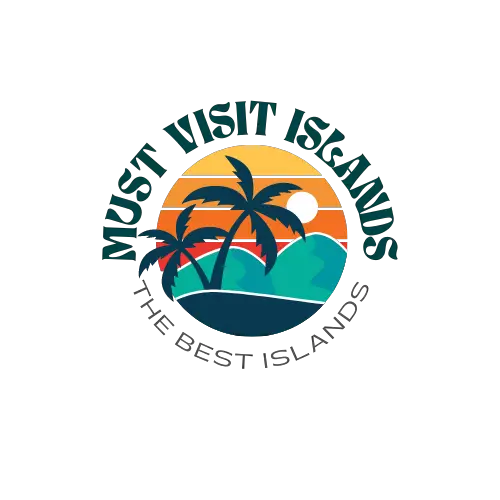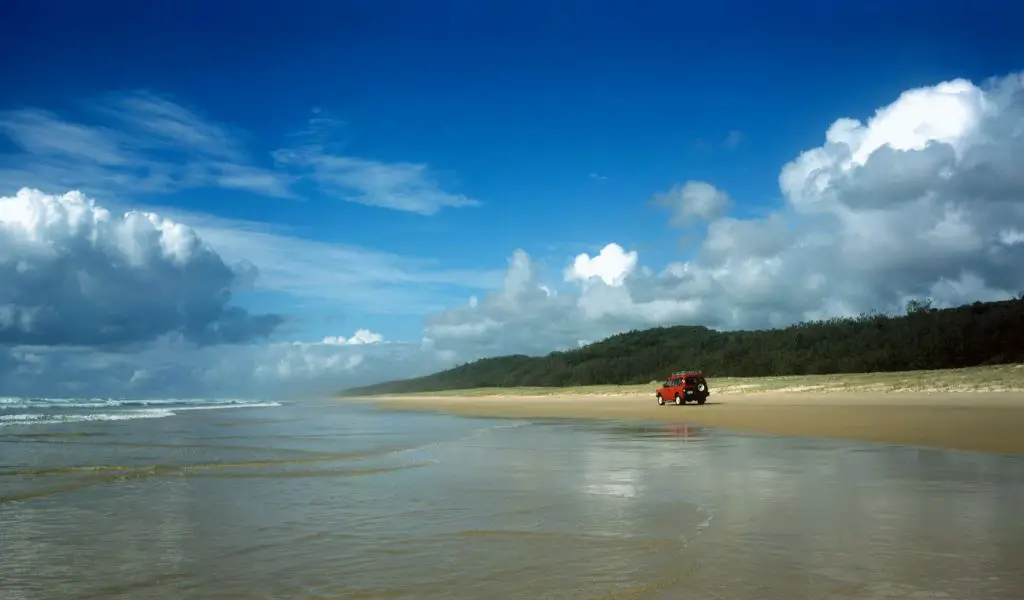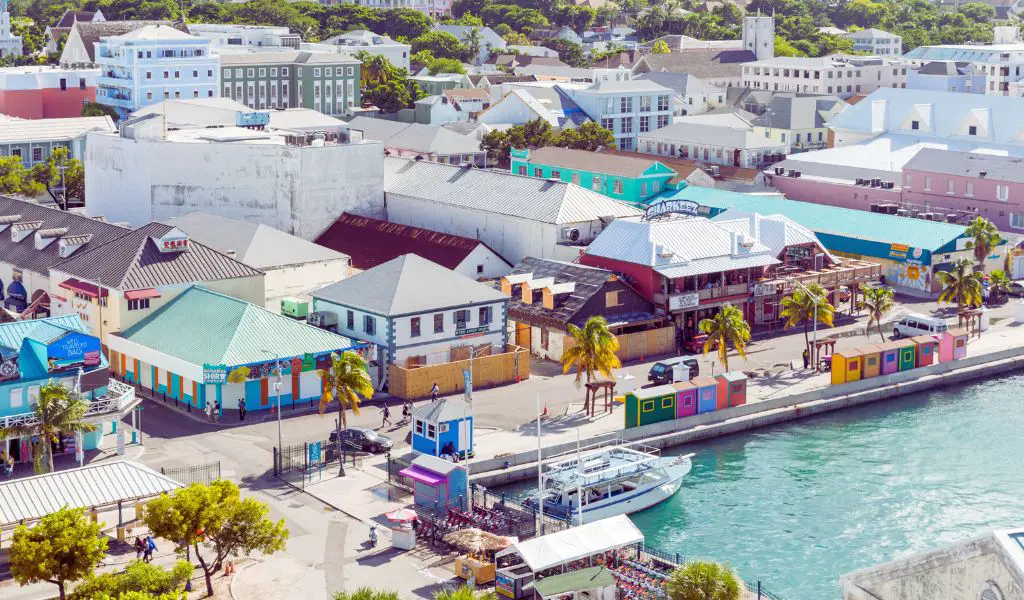Fraser Island, a jewel in the crown of Australia’s Queensland, is a location that offers a wealth of natural beauty, intriguing history, and vibrant wildlife. Stretching over 123 kilometers in length and 22 kilometers in width, it holds the distinction of being the world’s largest sand island. An impressive geographical feature of the island is its dunes, which are constantly reshaped by wind and weather patterns, creating an ever-changing landscape that never fails to awe.
Geography
Fraser Island boasts of 40 perched lakes, each formed by the accumulation of rainwater in depressions over impermeable layers of organic matter and rock.
Among these, the most notable are Lake McKenzie and Lake Wabby.
Lake McKenzie is admired for its clear, blue waters and pristine silica sand, while Lake Wabby is unique due to its green waters and proximity to Hammerstone Sandblow.
Fraser Island is also home to the famous Cooloola sand mass, one of the most extensive in the world, representing over 700,000 years of geological history.
It serves as a testament to the island’s ancient heritage and the powerful natural forces that shaped it over millennia.
History
The historical significance of Fraser Island, known as K’gari in the local Butchulla people’s language, is deeply intertwined with its natural beauty.
The Butchulla people have a strong spiritual connection with the island, considering it a sacred place.
They’ve been residing here for at least 5000 years before Europeans discovered the island in the early 19th century.
The island’s current name pays tribute to Eliza Fraser, a shipwreck survivor from the 19th century.
Activities
Activities on Fraser Island revolve around its remarkable natural features.
Hiking trails wind through the island, guiding visitors past towering sand dunes, tranquil lakes, and dense rainforests growing incongruously out of the sandy terrain.
The famous 90-kilometer beach serves as both a highway and an airstrip, attracting thrill-seekers for a unique driving experience.
Wildlife watching is another popular activity, with the island being home to a range of animals, including dingoes, echidnas, and a plethora of bird species.

Population
Though Fraser Island is predominantly a natural reserve, it has a small, scattered population.
The few permanent residents include national park staff, resort workers, and members of the Butchulla community.
When to Go
The best time to visit Fraser Island depends on your preferences. For warm beach weather, September to November is ideal.
If you want to avoid peak tourist season and enjoy some tranquility, consider visiting between April and June.
How to Get There
Travel to Fraser Island usually involves a flight to Brisbane or Sunshine Coast, followed by a road trip to Hervey Bay or River Heads. From here, a ferry can take you to the island.
Highlights
Fraser Island’s highlights include Lake McKenzie, 75 Mile Beach, the SS Maheno shipwreck, Eli Creek, Indian Head, and the Cathedrals (colossal sand cliffs).
What You Should Know
While Fraser Island is breathtaking, it’s also wild. It’s crucial to respect the natural environment, avoid feeding wildlife, and heed safety signs.
Also, only high-clearance 4WD vehicles are allowed on the island.
Frequently Asked Questions (FAQs)
Can you swim on Fraser Island?
While ocean swimming isn’t recommended due to dangerous currents and sharks, the island’s lakes and creeks provide safe, enjoyable swimming spots.
Are there shops on Fraser Island?
There are limited shops, mostly located at the resorts and the Happy Valley settlement. Visitors are advised to bring essential supplies.
Is camping allowed on Fraser Island?
Yes, camping is allowed at designated sites and dingo-safe areas. Permits must be obtained before setting up camp.




